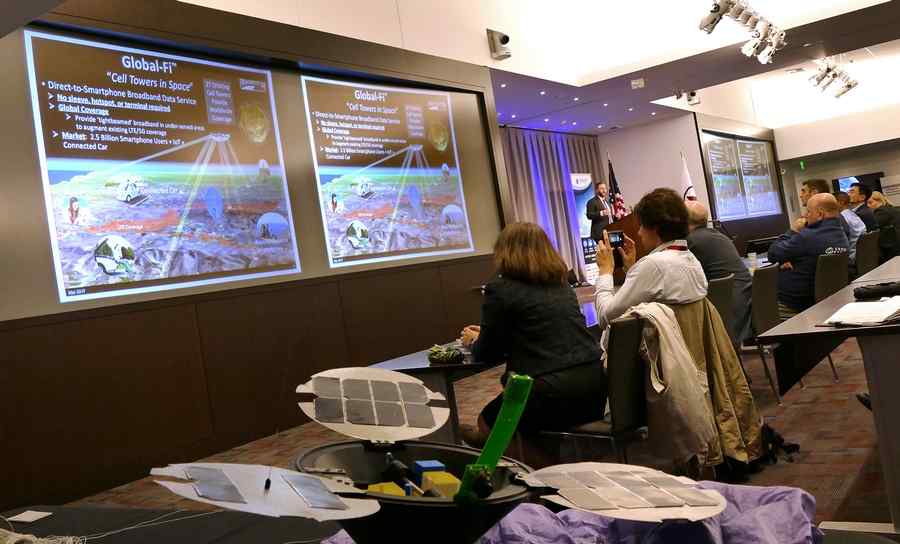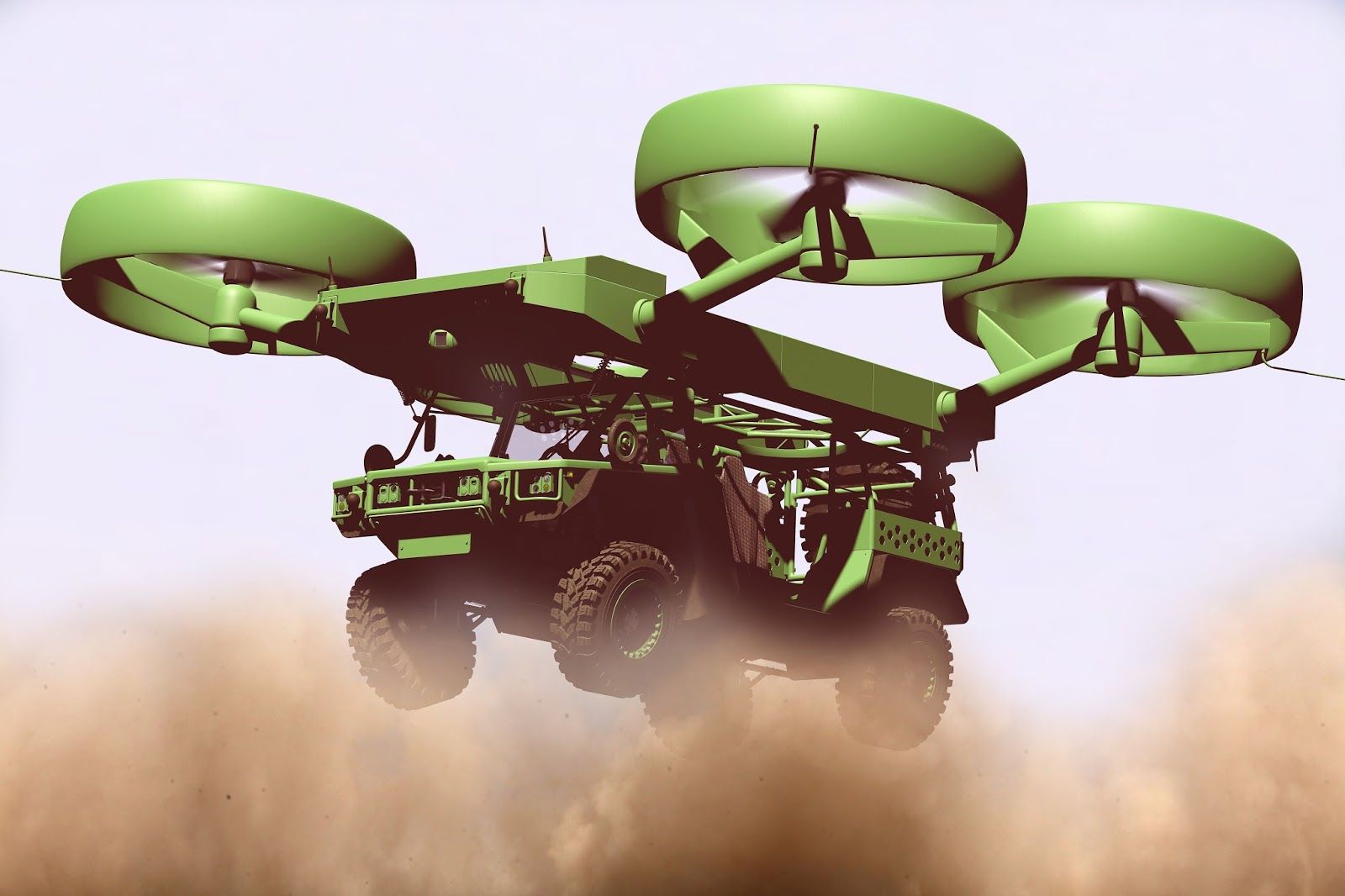The U.S. Army has been testing this lightweight, speedy tank for years. Now it’s on sale to the public. ![]() 😬.
😬.
Category: military – Page 273
Office of Naval Research shows new Navy BAE railgun test
The Office of Naval Research and Naval Surface Warfare Center, Dahlgren Division, conduct the first shot of the Railgun at the terminal range November 17, 2016.
There are also current tests of with an Army Howitzer is now firing a super high-speed, high-tech, electromagnetic Hyper Velocity Projectile.
Hypervelocity projectiles from regular howitzers and navy 5 inch guns would be mach 3 and have 60 to 100 mile range.

Aerospace start-ups pitch futuristic concepts to military defense, private companies in El Segundo
Ten of the most promising new regional aerospace start-up companies descended on El Segundo on Tuesday to pitch their futuristic concepts for the next wave of industry advancement, from orbiting cell towers in space to drones that communicate with each other.
The event, organized by new-tech business support company Starburst Accelerator, was held at The Aerospace Corp., the research and development arm of the adjacent Los Angeles Air Force Base.
Such meetings between legacy aerospace companies and energetic up-and-comers are becoming commonplace, as the industry works to keep up with a flood of technological advancements propelling the commercialization of low-Earth orbit.
Light wars: space-based lasers among Beijing’s hi-tech arms
Arsenal including electromagnetic railguns and microwave weapons aims to neutralize web of satellites that give US its main strategic edge.

Laser Weapon Systems
Science reality has caught up with science fiction. Lockheed Martin is showing that laser weapon systems can turn up the heat and stop land, air or sea targets in their path. And, they can be compact enough and power efficient enough for tactical platforms on the move, providing nearly unlimited “bullets” with speed-of-light response.
US Soldiers Training With Revolutionary Virtual Weapons — Dismounted Soldier Training System
First Army Division East Trainers of the 157th Infantry Brigade utilized some of the simulations capabilities at Camp Atterbury Joint Maneuver Training Center for weapons familiarization and squad level exercises.
Don’t forget to subscribe us on Facebook or Twitter.
https://www.facebook.com/DailyExplosiveVideos
https://twitter.com/ExplosiveVideos
You have a question or you would like to send us footage. Send us a message.

Ukrainian designers unveils concept of military transformer flying vehicle
Ukrainian designers unveiled the concept of military transformer flying vehicle for Special Forces.
All Military forces around the world are seeking for more efficient solutions to provide high level of mobility and stealth of their special forces.
The electric power assumed to be the most suitable thing to meet these requirements. Electric drive unit would warrant low center of gravity that means better stability, provide silent driving and invisibility in infrared specter.

Hacking the Human Brain—New Tech Could Make It a Reality
In Brief
- Your thoughts are your own, right? Perhaps not. New technology is bringing that day closer when the unscrupulous may actually be able to hack human thoughts.
- It raises a number of new ethical concerns for this brave new world we’re entering with each rotation of the Earth.
Everyone is familiar with the concept of hacking. It is why we all strive to protect our computers and smartphones from nefarious outside sources trying to break in to steal information, implant malware, etc. Hackers pose a threat to everyone from teenage smartphone users to the computer databases of government organizations. Hacking is a threat that we are all familiar with, and something that many know how to protect against. But, as the line between science and science fiction blurs, even hacking is getting a futuristic upgrade. Recently, at the Enigma Security Conference, University of Washington researcher and lecturer Tamara Bonaci revealed technology that could be used to essentially “hack” into people’s brains.
She created this technology around a game called Flappy Whale. While people played the game, the technology was able to covertly extract neural responses to subliminal imagery in the game like logos, restaurants, cars, etc. Now, hacking into people’s underlying feelings and thoughts about seeing a fast food restaurant doesn’t seem like it could cause much harm, but this technology has the potential to gather much more intimate information about a person like their religion, fears, prejudices, health, etc. This technology could evolve from an interesting way to understand human response to a military device. The possibilities range from an incredibly useful research tool to a potentially frightening interrogation device.

Dear President Trump: Here’s How to Make Space Great Again
(Credit: NASA Innovative Advanced Concepts)
By Brent Ziarnick, Peter Garretson, Everett Dolman, and Coyote Smith
President-elect Donald Trump often says that Americans no longer dream and must do so again. Nowhere can dreams be more inspiring and profitable than in space. But today, expanding space enterprise is not foremost on the minds of Americans or military strategists. As a recent CNN special showed, defense thinkers feel embattled in space, focused on protecting our existing investments rather than developing new ones that seize strategic advantage.